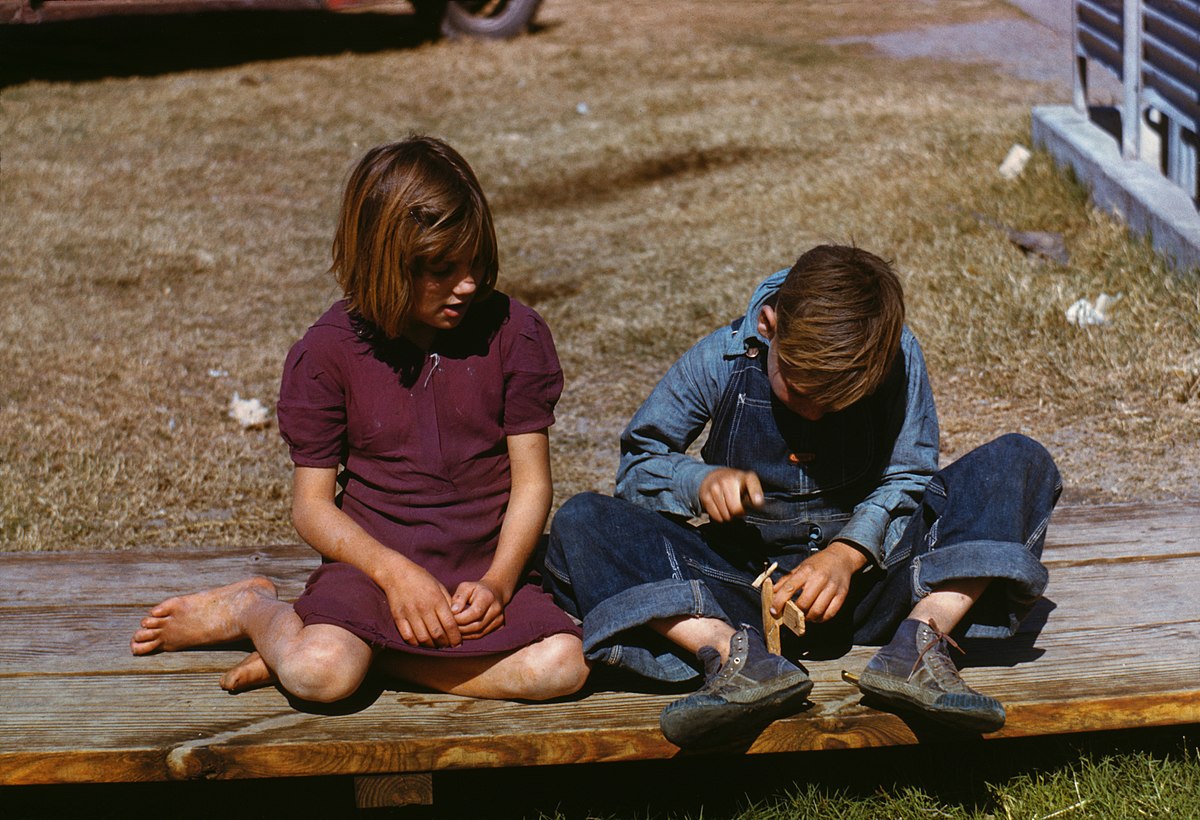kiwifi
Active Member
- Joined
- Apr 21, 2021
- Messages
- 235
- Likes
- 187
Assuming that you have the practical woodworking skills and tools, IMHO it is relatively easy to build a sealed subwoofer that exeeds the performance of what is commercially available at any price. Why? Because you have the opportunity to over-build a (large) cabinet to such an extent that it would never make commercial sense to manufacture it. And it is easy to add DSP and external amplification.
Most commercial sub's are too small and are designed to minimize the construction costs, while still looking good (shiny) from the outside. For a DIY subwoofer, it's not so much the materials (if you stick to MDF) but the labour costs, that would make it prohibitive to manufacture. It takes time to build a large, sonically inert cabinet. However, if you are going to start counting your own time, then I think that you have missed the point of DIY and all bets are off!
Multi-way mains are 10x harder to get right than any subwoofer. I would leave that to the professionals. Although replacing the passive crossover in an existing multi-way speaker, with DSP and separate (external) amps, is certainly possible with the tools that we have available to us today.
Most commercial sub's are too small and are designed to minimize the construction costs, while still looking good (shiny) from the outside. For a DIY subwoofer, it's not so much the materials (if you stick to MDF) but the labour costs, that would make it prohibitive to manufacture. It takes time to build a large, sonically inert cabinet. However, if you are going to start counting your own time, then I think that you have missed the point of DIY and all bets are off!
Multi-way mains are 10x harder to get right than any subwoofer. I would leave that to the professionals. Although replacing the passive crossover in an existing multi-way speaker, with DSP and separate (external) amps, is certainly possible with the tools that we have available to us today.


